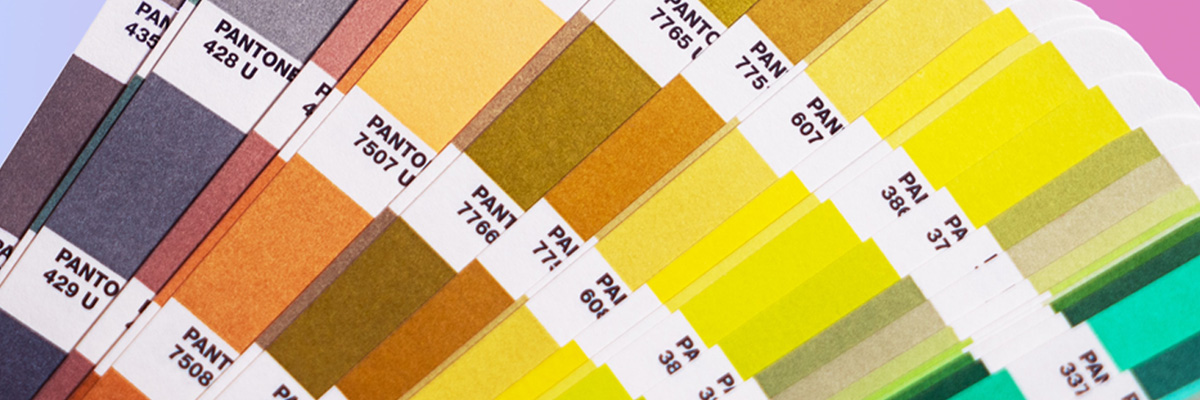The holiday season is already upon us.
Before long, the pumpkin spice and fall-themed paraphernalia will be replaced by holiday decorations.
Let’s face it, while the holidays can be the most wonderful time of the year for consumers, they can also be very challenging for brands.
As a brand, you know holiday activations are prepared far in advance.
How do you keep branding consistent, manage your ever-increasing SKUs, artwork approvals, supply chain operations, and increase speed to market? That’s a lot for a brand to juggle during one of the busiest times of the year.
Let’s explore challenges, trends, and solutions brands must navigate for an effective and successful end of the year season.
The Challenges & The Trends
Black Friday was significant on its own before it morphed into a four-day weekend to include Cyber Monday. Just these two events have become a global seasonal powerhouse on their own. Deals start way before the actual day, and last much longer.
The Black Friday/Cyber Monday season is important for brands because it predicts how the following year will play out (The Future of Customer Engagement and Experience). If that seems intense, it is. It’s imperative for brands to get everything just right.
Implementing campaigns, preparing for new SKUs, and packaging production all begin months ahead of time. This can be daunting, especially when variables outside of your control (e.g., changing consumer trends and market shifts) have to be taken into account.
Speed to Market Factors
With the explosion of e-commerce, brands are under pressure to sell more product across a wide variety of channels.
Brand websites, retailers, and delivery services all require different versions of a product’s imagery and content, along with its packaging.
While this isn’t a new phenomenon for brands, the struggle to keep up with significantly increased demand, especially during the holidays, is real and, without proper support, can be difficult.
Recent trends show brands increasingly add new SKUs to bolster their product selections (Big Commerce).
According to Marketing91, the benefits of increasing SKUs are to attract similar audiences to new products, gain more space in stores and online, and stay competitive in the market.
Additional SKUs help reduce marketing costs by allowing brands to bundle their marketing efforts across multiple product lines while also reaching different segments.
While increased SKUs provide a better selection of products for customers, they also bring more complexity and strain a brand’s supply chain.
Speed to market doesn’t happen on its own. The best outcome begins with the initial preparation.
Supply chain is a critical factor in increasing speed to market. Efficient supply chain processes ensure that products are available in the right quantities, the right packaging, and, most importantly, at the right time.
Sustainability
The holidays are viewed as a source of excess, and not only as it relates to overeating.
Product packaging and shipping produce a unique type of excess that consumers care deeply about. Packaging is a major source of waste and is often criticized for that very reason.
Consumers are increasingly concerned about sustainability, eco-friendly business practices, and shopping with socially conscious brands.
Gen Z, the newest generation of shoppers, comprises a large portion of this group. However, they’re not the only ones demanding eco-friendly products.
According to GLOBALDATA, 71% of global consumers say product packaging that is “sustainable/ made from renewable sources” is “quite/extremely important.” Furthermore, according to Global News Wire, a CGS survey reports that sustainability is a driving force behind consumer demand, regardless of age.
It will take brands time to overhaul their current packaging processes and replace them with a sustainable ecosystem. The wisdom of getting a head start on your holiday package planning should be self-evident.
E-commerce
In the post-pandemic world, e-commerce has taken on a role in proportions not previously anticipated.
It’s role in holiday shopping increased exponentially in 2020 and is only going to continue as 2021 ends (Big Commerce). This means omnichannel consistency is more important than ever.
Equally important is the need for brands to achieve consistency among product imagery, artwork, and packaging.
How to Navigate These Challenges & What Happens When It All Goes Wrong
We must ask the inevitable question on everyone’s mind: what happens if it all goes wrong? What if you can’t get your supply chain operations sorted out?
Your artwork approvals become confusing, or you publish incorrect information. Your speed-to-market is decreased. And, most painfully, your bottom line takes a hit. There must be a better way. And there is.
So, how can you be proactive for next year?
Technology for Every Headache
You probably already use software to manage various aspects of your packaging, labeling, and artwork workflow.
But why not use a solution to manage it in its entirety? An end-to-end solution that connects with your existing technology stack, so everything is streamlined and efficient.
Artwork Management
WebCenter from Esko is a collaborative workflow solution that guides your team through the process of bringing consumer products to market – from content creation to distribution. It provides a central digital source for you to manage artwork and label creation.
WebCenter eliminates the potential errors resulting from scattered processes that rely on searches through emails, phone calls, verbal dialogue, and information across multiple platforms.
Nowhere is this more necessary than during the holiday season.
Digital Twin Technology and Automated Packshots
Digital twin technology enables companies to create a 3D virtual model of a product before going to physical production.
Using a digital twin eliminates surprises in both the manufacturing and packaging of products.
Stakeholders are afforded the opportunity to see, feel, understand, and develop a comfort level with the product in a digital environment long before it hits the production floor.
WebCenter’s Automated Packshots is your go-to digital twin software. It uses the structural design, artwork, and specifications you’ve created to generate photorealistic product images of production files.
Packshots are created as a part of your existing workflow – as soon as the artwork is approved, images are generated automatically, in minutes.
Like digital twin technology, Automated Packshots helps eliminate the need for physical prototypes and photoshoots, saving you both time and money.
Palletization Software
Reduce your carbon footprint with palletization software from Esko.
With Cape Pack, determine your primary product size for shipping, create new case sizes, build efficient pallet patterns, analyze compression strength of cases and pallets, and improve material and cube utilization.
Cape Pack helps you reduce costs by cutting back on product transportation and simultaneously increase sustainability with fewer empty pallets and trucks on the road.
When it comes to the holidays, there is clearly no time to adequately prepare beyond the present.
Brands must be both resilient and agile in anticipation of meeting consumer trends and preferences whilst navigating the challenges of seasonal brand activations. When the stakes are high, employing the best solutions for your brand is imperative to end of year success.










